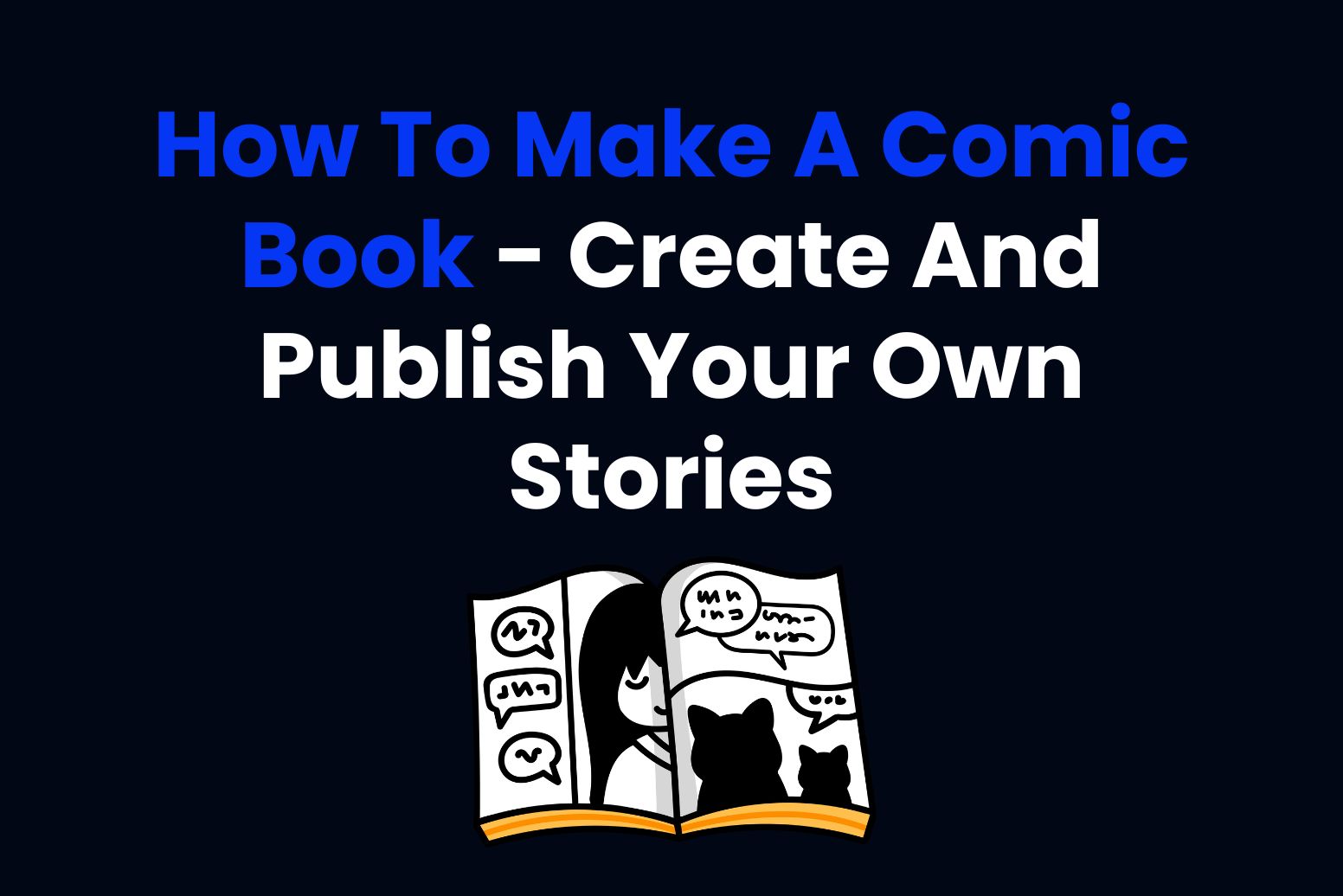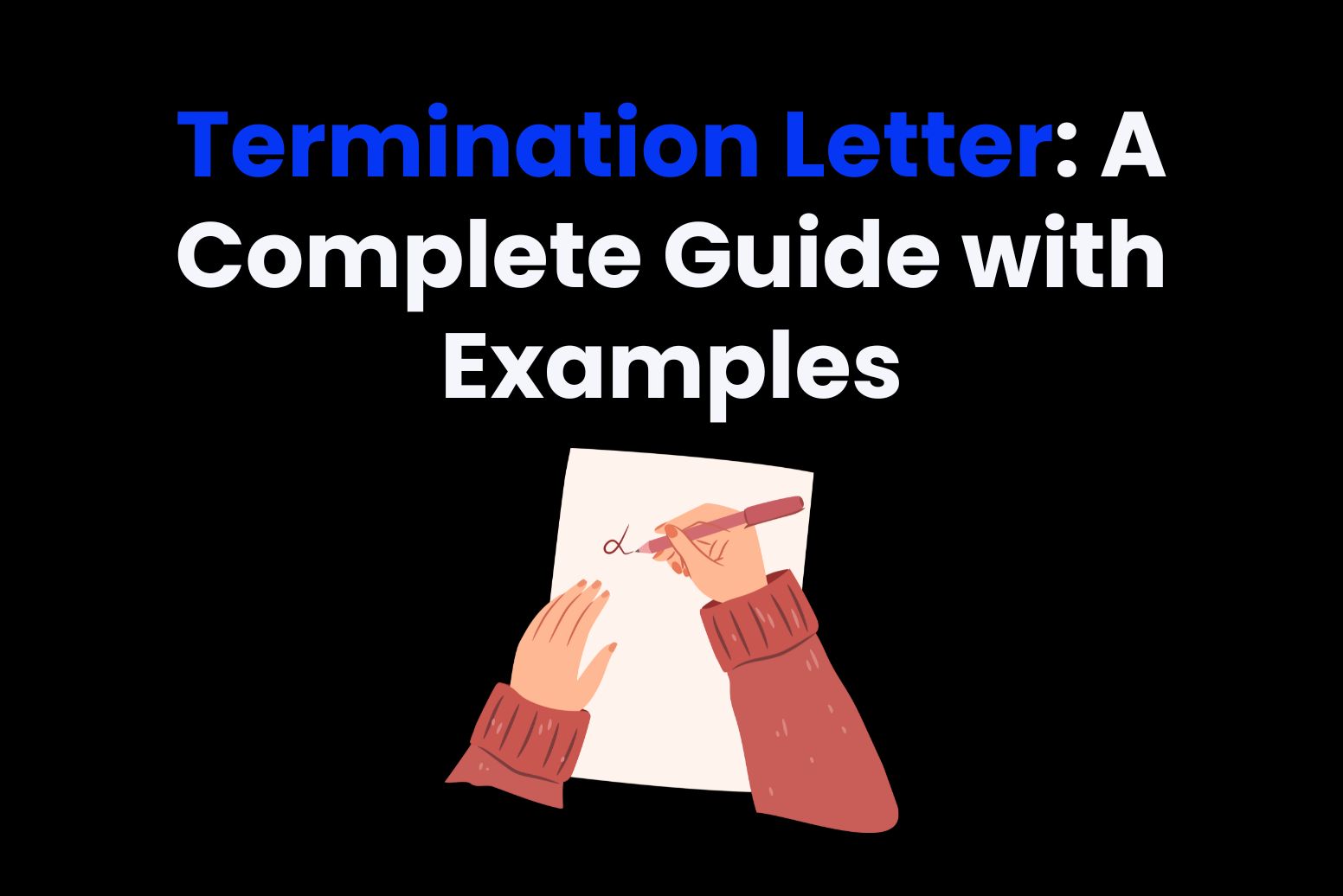Did you know that the global comic book market is projected to reach over $12 billion by 2028? That’s a lot of readers hungry for fresh, exciting stories! Do you have an excellent comic book idea that will blow your readers? The big question here is how to make a comic book out of just an idea.
Don’t worry because this guide has you covered! This guide will walk you through the entire process of how to make a comic book, from brainstorming your idea to seeing your comic book come to life. Let’s get started!
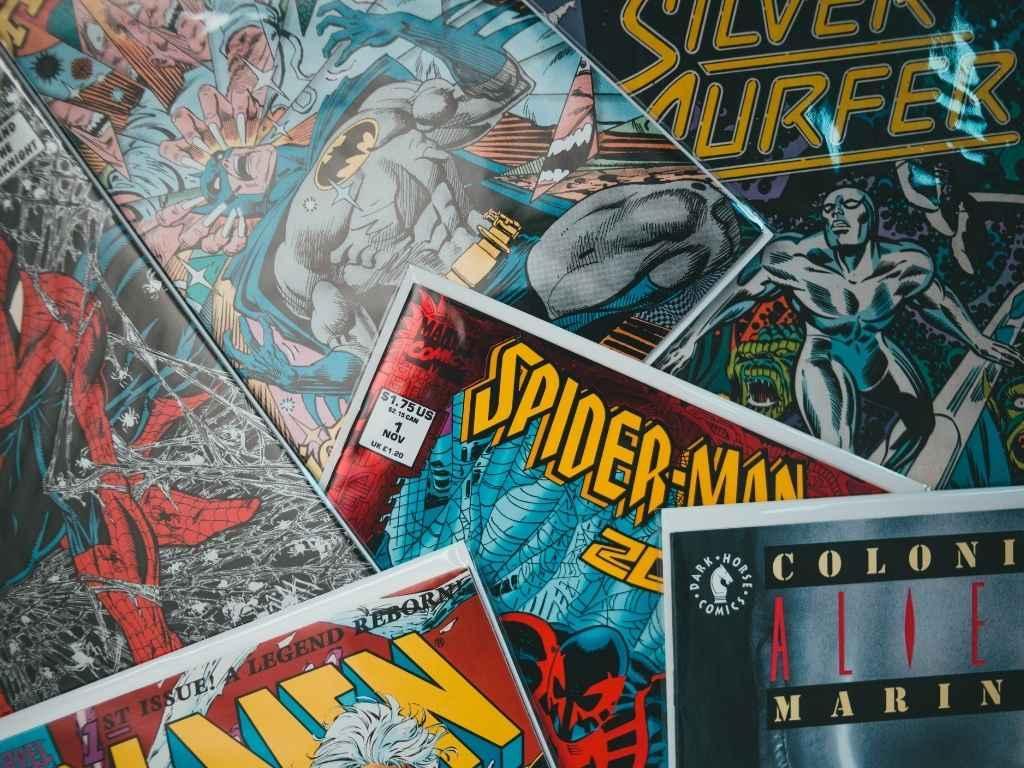
What Is A Comic Book?
Comic books are one of the most popular storytelling mediums in the world, captivating millions of readers across all ages and cultures. A comic book is a visual story told through illustrations, panels, and dialogue. These books have been around entertaining readers for over a century now. Your favourite series, Spider-Man and Batman, are made out of comic books, too, so you should know that they are extremely popular.
The best part is, no matter what your favourite genre (epic adventures, heartfelt dramas, or laugh-out-loud humour), there’s a comic for everyone. So, let us now help you with the question that is popping into your mind (aka how to make a comic book). Follow these steps to make your comic book ideas come to life!
Step 1: Conceptualize Your Comic Book
Every great comic book starts with an idea. Instead of random topics, take time to develop the foundation of your story.
Define Your Genre And Audience
Start by identifying the type of comic book you want to create. Are you drawn to superhero tales, sci-fi adventures, best fantasy books, or slice-of-life dramas? Once you know your genre, it will help you shape the tone, style, and direction of your story.
Next up, you want to think about your target audience. Are you writing for children, teens, or adults? Your target readers will influence the themes, language, and complexity of your comic.
Craft A Unique Story Idea
What’s the heart of your comic book? What’s the story you can’t stop thinking about? Start with a strong premise; this should be something that excites you and sparks curiosity. Here are a few questions you should ask yourself:
- What’s the central conflict?
- Who are the main characters?
- What challenges does the protagonist face?
- How does this conflict change or define the characters?
- What deeper message or feeling do you want readers to walk away with?
For example, if you’re writing a story about a superhero, you’ll likely explore themes of responsibility and sacrifice. On the other hand, if you’re writing an epic fantasy, the main topics can be courage and loyalty. Take your time to craft a unique perspective because the more unique your idea, the more it will stand out in a crowded market.
Develop Memorable Characters
Compelling characters are the soul of any comic book. Readers don’t just follow the plot—they connect with the people (or creatures) in the story. You need to craft clear and relatable personalities for your protagonist, antagonist, and supporting cast. Give them distinct personalities, backstories, and motivations.
For instance, what drives your protagonist to risk everything? Why is the antagonist standing in their way? If you succeed in strong character development, it will add depth to your story and keep your readers engaged.
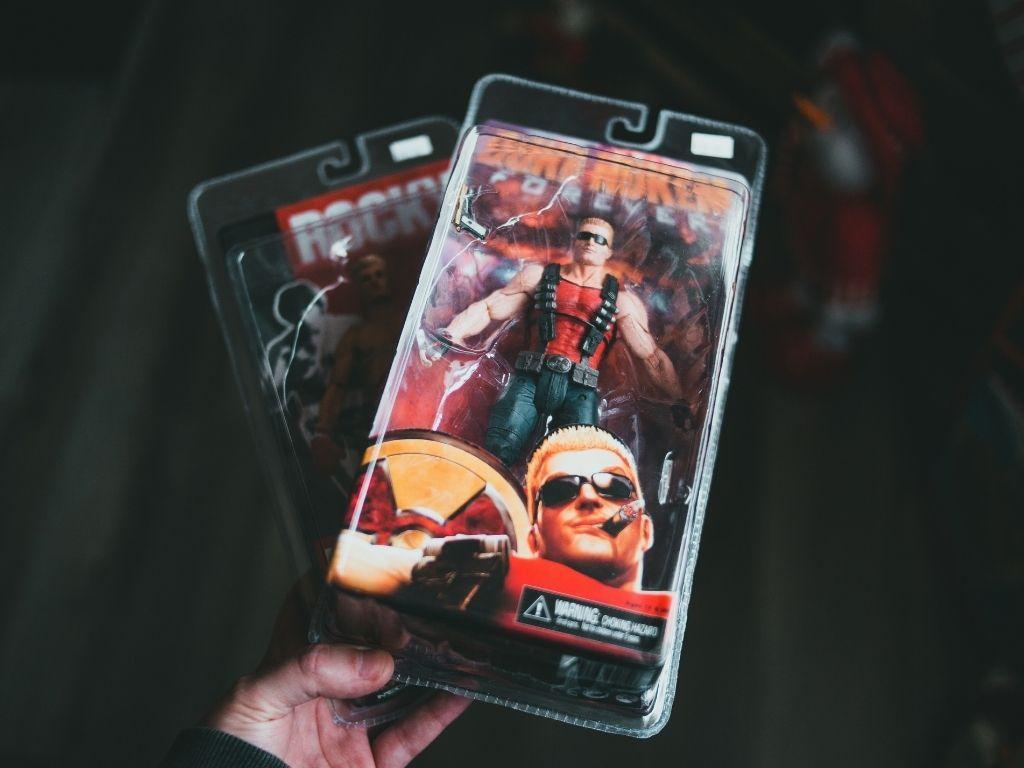
Step 2: Write The Comic Book Script
Your script is the skeleton of your comic book. This is where you’ll lay out what happens on each page and in each panel. A strong script balances storytelling with visuals so that your narrative flows smoothly from start to finish.
Structure Your Story
Every compelling comic follows a basic three-act structure. Here’s how to make a comic book script in just 3 steps:
- Beginning: Introduce your world, characters, and the central conflict. Hook the reader with a captivating first scene that sets the stage for what’s to come. Your first scene is your first impression, and if it is good enough, your readers will be hooked till the end.
- Middle: In the middle of your story, you will build tension, develop relationships, and add twists or obstacles that challenge your characters. This is where your story unfolds and keeps readers glued to the pages.
- End: Finally, you resolve the conflict and tie up loose ends. Whether your protagonist gets a triumphant victory, a bittersweet conclusion, or a cliffhanger for the next issue, the ending should leave readers satisfied. Even better, your ending should leave readers eagerly awaiting more.
Format The Script
Unlike a novel, a comic script needs to account for both visuals and dialogue. You need to organize your script by pages and panels. Provide clear and concise descriptions for each scene. For every panel, you must specify:
- The setting and action: What’s happening in this moment?
- Dialogue: Who’s speaking, and what are they saying?
- Sound effects: Add elements like “BAM!” or “WHOOSH” to heighten the drama. (After all, aren’t these effects that make comic books interesting”?
Keep your descriptions short and focused, and try to leave some room for the artist’s creativity.
Balance Narration And Dialogue
One of the golden rules of how to make a comic book is: show, don’t tell. Let the art do the heavy lifting. Use dialogues to reveal character emotions, advance the plot, or add humor. However, narration should be used only sparingly to provide context or insight. Too much text can overwhelm the visuals and disrupt the pacing, so try to avoid it.
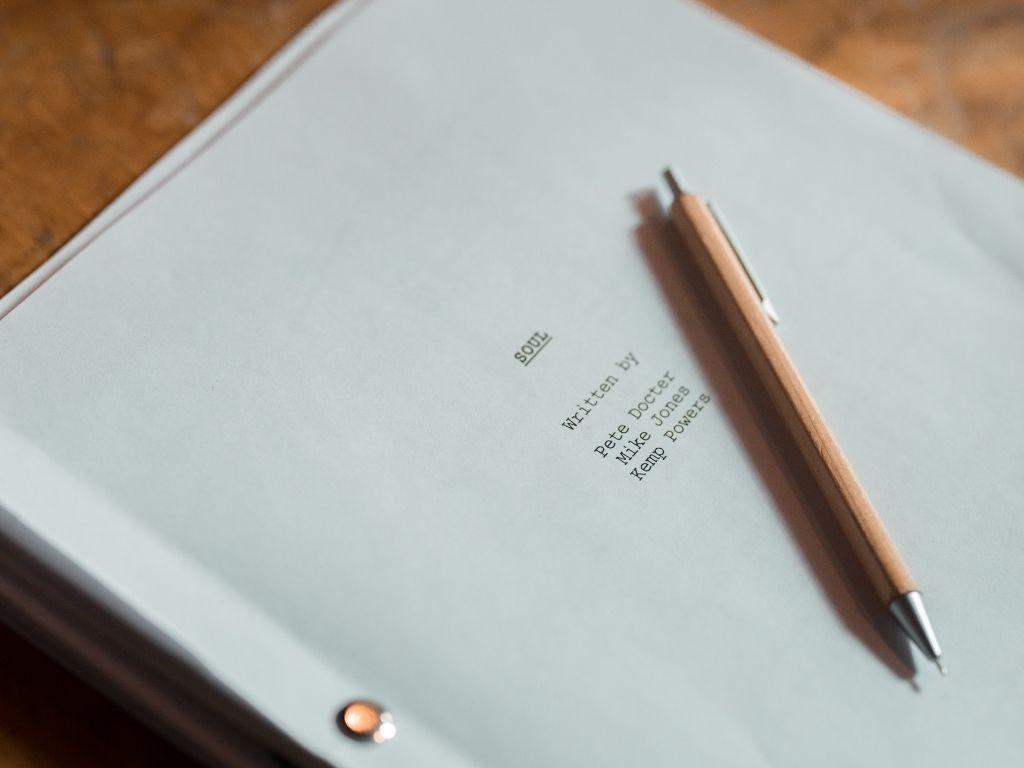
Step 3: Plan The Visuals
The visuals are what bring a comic book to life. This is where your comic book starts to look like a comic book! The visuals don’t just tell the story; they make readers feel it. You need to plan these elements in a way that ensures your pages flow like a movie in their minds. Here’s how to make a comic book visually attractive:
Create A Storyboard
Your storyboard is the rough draft of your comic’s visuals. It’s messy, it’s sketchy, but it’s absolutely necessary. Try to draw quick, simple sketches of your panels for each page, but focus on the big picture.
- How many panels will each page have?
- Will you use close-ups, wide shots, or dramatic angles?
- How do the panels flow?
A good storyboard helps you experiment with pacing and layout before diving into the detailed work. Plus, it’s way easier to fix a scribble than a finished masterpiece!
Design Characters And Settings
Now comes the fun part, which is bringing your characters and world to life! Imagine how they’ll look, move, and interact with their surroundings.
For your characters:
- Sketch their outfits, hairstyles, and facial expressions.
- Think about how their personality shows through their design. Does your hero have a messy cape? Does your villain’s smirk send chills down spines?
For settings:
- Create a few detailed sketches of key locations. What makes these places special?
- Add small details that make the world feel lived-in, like posters on walls or cluttered desks.
These designs will guide you throughout the process and keep everything visually consistent.
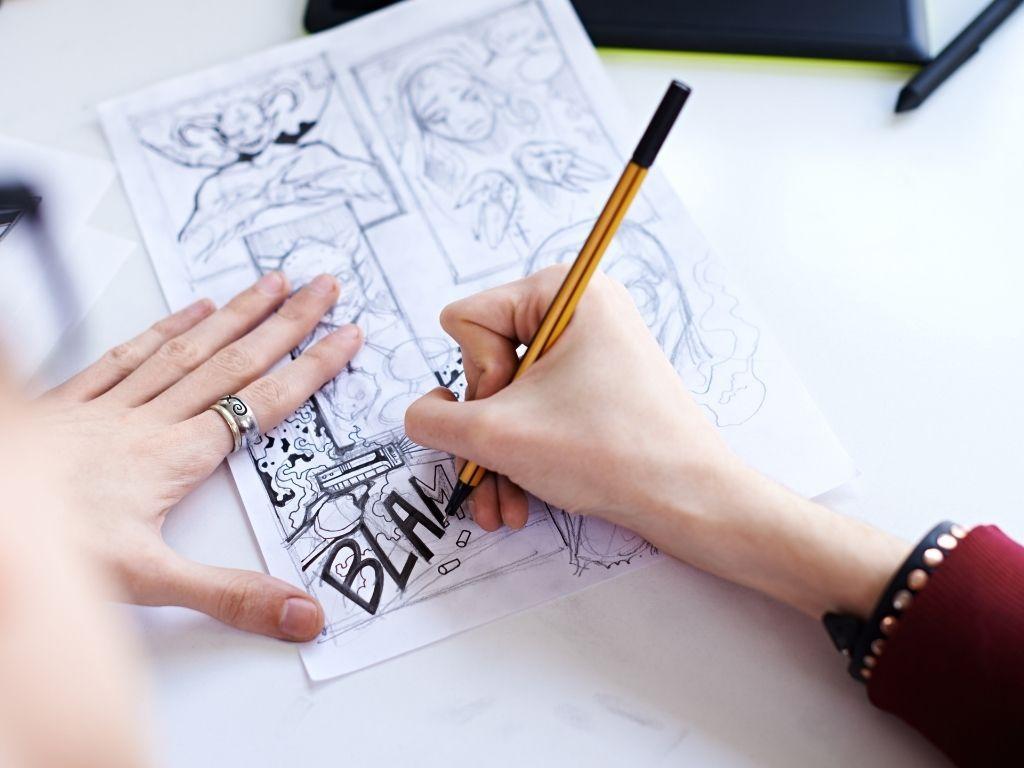
Step 4: Illustrate Your Comic Book
Now, it’s time to bring your story to life with art. You’re about to turn those ideas and sketches into pages that, wow! Don’t worry if you’re not a pro artist; here’s how to make a comic book with the most perfect illustrations ever:
Gather Tools And Materials
First things first, decide whether you’ll work traditionally or digitally.
- Traditional tools: Pencils, inks, markers, and high-quality paper.
- Digital tools: Tablets and software like Procreate, Clip Studio Paint, or Adobe Photoshop.
Pencil, Ink, And Color Your Pages
Start by pencilling the rough sketches, focusing on composition and perspective. Once you’re satisfied, ink the drawings to add detail and depth. Add details like textures, shadows, or dynamic action lines. Finally, add colours to enhance the mood and visual appeal.
Pro Tip: Don’t be afraid to experiment with lighting effects to add depth.
Add Lettering
Words are a huge part of comics, so make them count! Place speech bubbles, captions, and sound effects in your panels. Here are a few tips on how to make a comic book lettering stand out:
- Use clear, easy-to-read fonts. (Yes, Comic Sans is not your only option!)
- Make sure the text fits inside speech bubbles without crowding.
- Place your bubbles carefully so that they don’t cover up your amazing artwork!
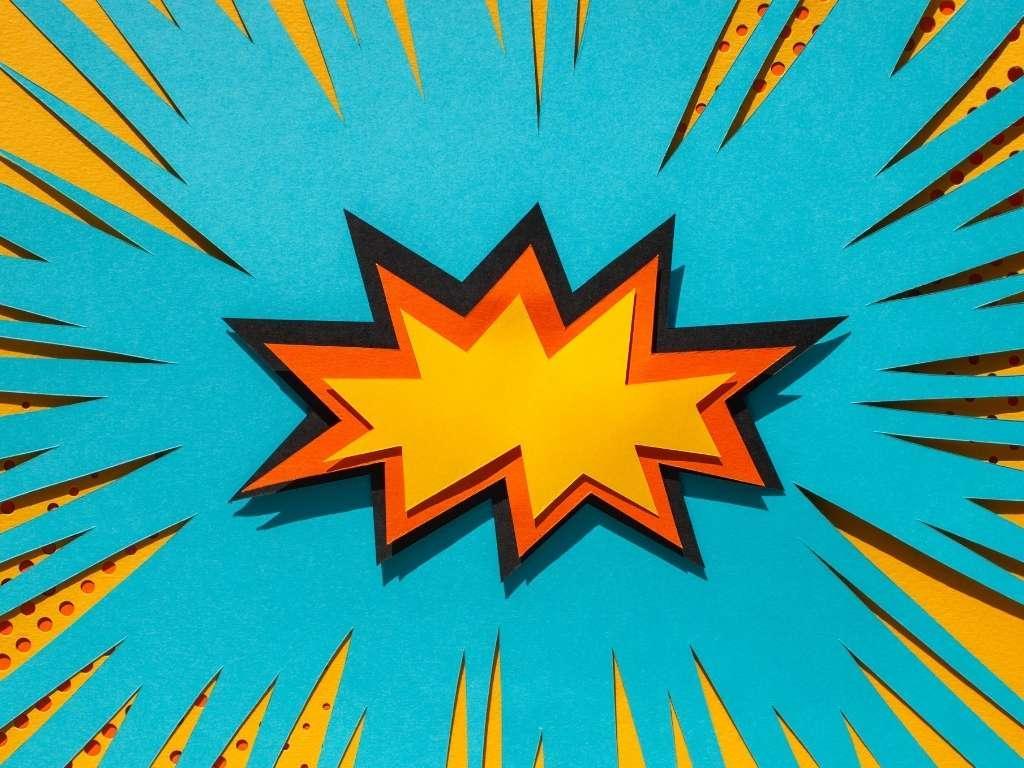
Step 5: Finalize And Review
And we’re almost there! Your comic book is almost complete, but don’t rush the final steps.
Proofread And Edit
Check your text for typos, grammatical errors, and inconsistencies in your story or visuals. Ensure that each panel flows logically to the next. You can also use Arvin AI’s Grammar Checker tool to point out any typos that you may have missed:
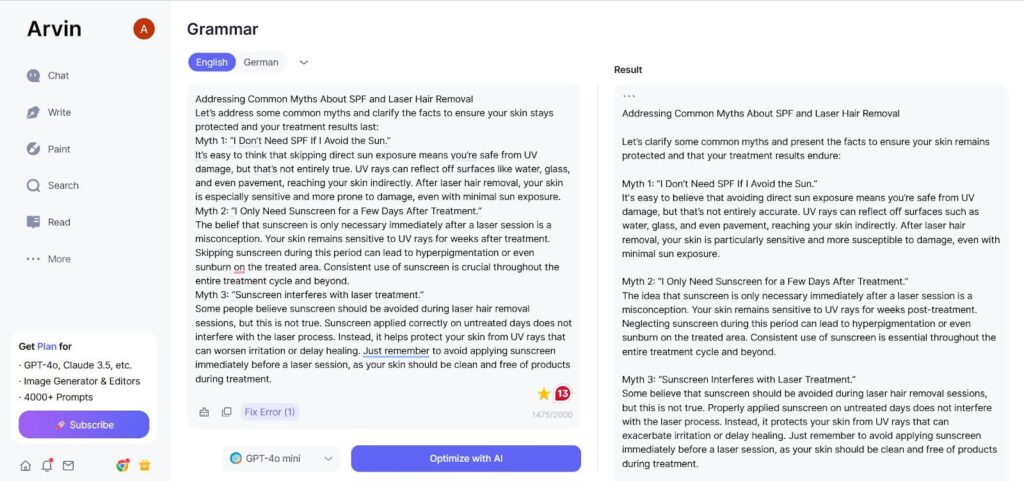
Get Feedback
Share your work with friends, fellow creators, or online communities using bookstagram hashtags for increased visibility. Don’t worry about what people will say. Constructive criticism can help you refine your comic and spot areas for improvement so that your work is polished when it reaches your readers.
Step 6: Publish Your Comic Book
Once your comic book is polished, it’s time to share it with the world. Here’s how to do it:
Choose A Publishing Format
Decide whether you want to publish your book in print, digitally, or both. For print, you need to work with a local printer or online services like Blurb or PrintNinja. For digital publishing, consider platforms like Webtoon, Tapas, or Amazon Kindle Direct Publishing.
Self-Publishing Vs. Traditional Publishing
Self-publishing gives you full creative control but requires more effort in marketing and distribution. On the other hand, traditional publishing offers a wider reach but may involve compromises on creative decisions.
Market Your Comic
Finally, it’s time to let the world know that you’ve written a comic book! Build an audience by promoting your comic on social media, attending conventions, and engaging with online communities. Share sneak peeks, character sketches, and behind-the-scenes content to generate excitement.

FAQS About How To Make A Comic Book
Here are a few of the most frequently asked questions about how to make a comic book:
How to make a comic book for beginners?
To make a comic book as a beginner, you can start by outlining your story and creating a script with clear dialogue and panel descriptions. Sketch rough layouts to plan scenes then illustrate detailed panels with characters and backgrounds. Add text like speech bubbles and sound effects and finalize it by editing, coloring, and publishing your comic digitally or in print.
How long does it take to create a comic book?
The time it takes to create a comic book depends on its length, complexity, and your level of experience. A short, single-issue comic might take a few weeks to a couple of months if you’re working alone, while a full-length graphic novel can take a year or more. Collaborating with a team (writers, artists, colourists, etc.) can speed up the process, but it also involves more coordination.
How do I choose the right genre for my comic book?
Start with what excites you! Love superheroes? Go for action or adventure. Fascinated by human emotions? Try drama or romance. Obsessed with thrilling mysteries or spooky vibes? Horror might be your thing. If you’re unsure, think about your favourite movies, books, or shows. What keeps you hooked? That’s probably the genre you’ll enjoy creating most.
Can I make a comic book if I can’t draw?
Absolutely! Writing and drawing are separate skills, and many successful comics are created by teams. If you’re a writer, you can collaborate with an artist to bring your vision to life. There are plenty of platforms and forums like DeviantArt or ArtStation where you can find talented artists to partner with. Alternatively, you can use digital tools like Canva or Clip Studio Paint with pre-made assets to design your comic, even if you’re not confident in your drawing skills.
The Final Take
Congratulations! Now you know everything about how to make a comic book. We’ve covered everything, from coming up with your story to designing your characters and making those panels pop. However, the thing about comic books is that they’re not just stories on paper. In fact, they’re a piece of you, your creativity, and your imagination.And hey, if the writing part feels a little overwhelming, there is no shame in getting some help. Tools like Arvin AI are great for brainstorming ideas, tweaking dialogue, or just helping you get unstuck. So grab your sketchbook, your pens, your tablet (whatever works for you), and just start. You’ve got this!

